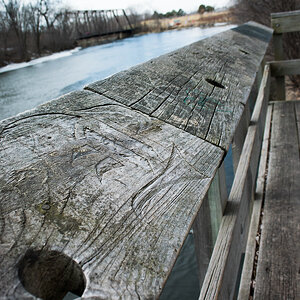cedric07
TPF Noob!
- Joined
- Sep 4, 2014
- Messages
- 8
- Reaction score
- 0
- Location
- Paris
- Can others edit my Photos
- Photos OK to edit
Hi!
I've recently shot a few rolls of Kodak portra 160 with my Olympus OM2. I then had them developed andscanned at high resolution at a local kodak lab.
The picture are high quality (>30Mo each) but I find them quite grainy for something shot at 160 ISO with a supposedly low grain film (pictures attached)
Questions :
- Am I right to find them grainy? Or is it the grain level to expect?
- If it's too grainy, who's the culprit : my camera, my lens, the lab, me?...
Thanks for sharing your experience!
Cedric
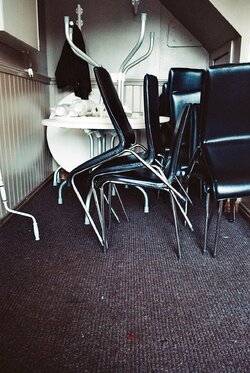
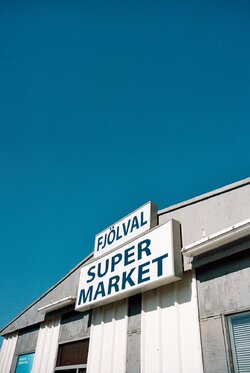
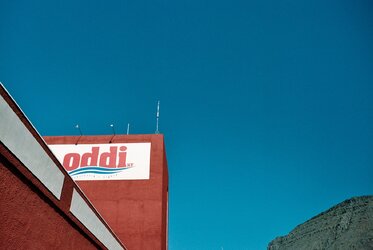
I've recently shot a few rolls of Kodak portra 160 with my Olympus OM2. I then had them developed andscanned at high resolution at a local kodak lab.
The picture are high quality (>30Mo each) but I find them quite grainy for something shot at 160 ISO with a supposedly low grain film (pictures attached)
Questions :
- Am I right to find them grainy? Or is it the grain level to expect?
- If it's too grainy, who's the culprit : my camera, my lens, the lab, me?...
Thanks for sharing your experience!
Cedric








![[No title]](/data/xfmg/thumbnail/42/42019-e6f4e7422d2f8ec66dade714c8b21766.jpg?1619739979)
![[No title]](/data/xfmg/thumbnail/34/34144-52e7a5d3e3908ae808afeabfe86fffdc.jpg?1619736317)
![[No title]](/data/xfmg/thumbnail/42/42022-b164b48fbcd31e32040c4983ecb8983a.jpg?1619739981)

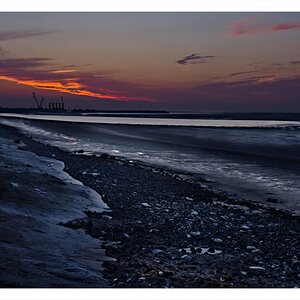
![[No title]](/data/xfmg/thumbnail/34/34145-b89ccc67a24004d6d7a9026a7395914b.jpg?1619736318)
![[No title]](/data/xfmg/thumbnail/42/42021-ffc326f5dc5b4c65ce53935e6e9e4338.jpg?1619739980)
![[No title]](/data/xfmg/thumbnail/34/34142-948c6bafdf60862125009004d5a06e46.jpg?1619736315)
![[No title]](/data/xfmg/thumbnail/39/39532-073f9eb14e26e2b99cc29112b92a2ab6.jpg?1619739072)
